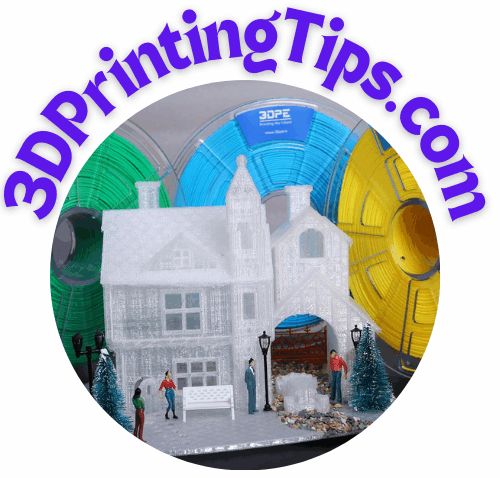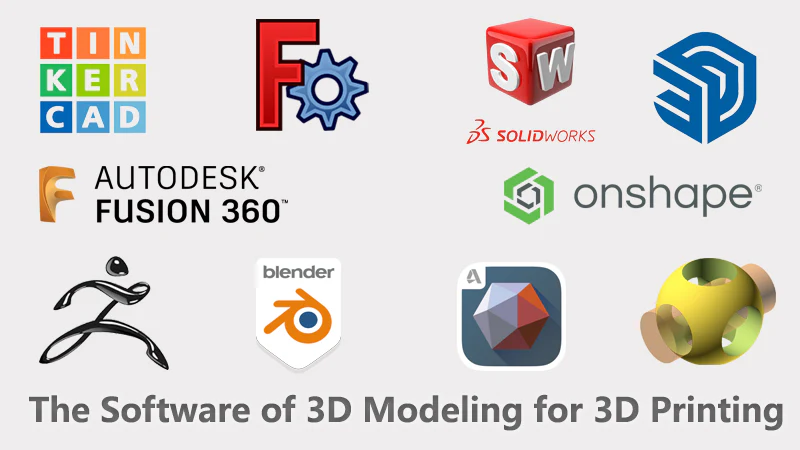Best 3D Modeling Software for Beginners: A Comprehensive Guide

1. Introduction
Why 3D Modeling Matters
3D modeling is the backbone of digital creation—whether you’re designing prototypes for 3D printing, developing video game assets, or crafting architectural models. The best 3D modeling software for beginners allows users to turn ideas into virtual objects, which can then be fabricated or animated. For beginners, selecting the right software can be the difference between frustration and a smooth learning experience.
Challenges Beginners Face
Starting out in 3D modeling can feel overwhelming due to:
- Complex Interfaces – Many professional software options are packed with features, making navigation tricky.
- Steep Learning Curve – Unlike simple graphic design tools, 3D modeling requires mastering spatial awareness, mesh editing, and more.
- Compatibility & File Formats – Beginners may struggle with exporting their designs for 3D printing or animation.
- Cost Barriers – Many high-end tools come with hefty price tags, leaving newcomers searching for budget-friendly options.
What Makes Software Beginner-Friendly?
To ease the learning process, The best 3D modeling software for beginners should offer:
- Intuitive UI – Clean, simple design without excessive tool clutter.
- Built-in Tutorials – Guided learning, step-by-step walkthroughs, and an active user community.
- Accessibility – Either free or reasonably priced, with minimal hardware requirements.
- Export & Integration – Seamless compatibility with 3D printers and rendering tools.
2. Essential Features to Look for in Beginner Software
Choosing theThe best 3D modeling software for beginners can be daunting, but focusing on a few key features can make the learning process smoother.
1. User-Friendly Interface & Learning Curve
A clean and intuitive interface is essential for newcomers. The best beginner-friendly software offers:
- Minimal clutter – Simple layouts with clear tool organization.
- Drag-and-drop functionality – Easy object manipulation without complicated commands.
- Guided workflows – Step-by-step design processes that help beginners build confidence.
2. Availability of Tutorials & Community Support
Learning 3D modeling is much easier when you have access to:
- Built-in tutorials – Some software includes interactive tutorials that guide users through basic operations.
- Active user communities – Forums, Discord servers, or YouTube channels dedicated to beginner support.
- Online courses – Platforms like Udemy or Skillshare often provide structured learning paths tailored to each software.
3. Compatibility with 3D Printing & Export Formats
If you’re planning to use your models for 3D printing, consider software with:
- STL & OBJ export support – These are the most common formats for 3D printing.
- Slicing software integration – Some modeling tools connect directly with slicing programs like Cura or PrusaSlicer.
- Mesh integrity checks – Features that ensure models are watertight and ready for printing without errors.
4. Pricing: Free vs. Paid Options
Budget is a major factor when selecting software. Beginners should weigh:
- Free software – Tinkercad and Blender provide excellent free options for learning.
- Subscription-based tools – Fusion 360 offers a free version for hobbyists but has premium upgrades for professionals.
- One-time purchases – Some programs, like SketchUp Pro, require an upfront cost but provide lifetime access.
3. Top 3D Modeling Software for Beginners
Not all 3D modeling software is beginner-friendly, but the right choice depends on what you plan to create. Here’s a breakdown of five of the best options for newcomers, highlighting their strengths and ideal use cases.
1. Tinkercad – Best for Absolute Beginners
Tinkercad is a free, browser-based software designed for simplicity.
- Pros:
- Drag-and-drop interface for easy model creation.
- Perfect for basic 3D printing designs.
- Large library of premade shapes to modify.
- Cons:
- Limited advanced features for complex designs.
- Not ideal for organic or intricate modeling.
- Best for: Hobbyists, students, and quick-print designs.
2. Blender – Powerful, but Has a Learning Curve
Blender is an open-source powerhouse, offering professional-level capabilities.
- Pros:
- Completely free with no limitations.
- Extensive tools for sculpting, animation, and rendering.
- Strong community support and tutorials.
- Cons:
- Steep learning curve—interface can be overwhelming.
- Requires a powerful computer for high-detail modeling.
- Best for: Those willing to invest time in learning advanced tools.
3. Fusion 360 – Industry-Grade Software for Hobbyists
Fusion 360 blends beginner accessibility with professional features.
- Pros:
- Free for personal use (non-commercial).
- Parametric modeling for precise designs.
- Cloud-based collaboration and storage.
- Cons:
- Some features locked behind paid subscriptions.
- Requires internet access for full functionality.
- Best for: Aspiring engineers, designers, and those interested in professional-level modeling.
4. SketchUp – Intuitive & Great for Architecture
SketchUp is a versatile tool known for its ease of use.
- Pros:
- Simple interface with fast learning curve.
- Free version available with essential tools.
- Excellent for architectural visualization and basic modeling.
- Cons:
- Limited sculpting features—better suited for hard-surface modeling.
- Free version lacks advanced export options.
- Best for: Beginners interested in architecture, interior design, and conceptual modeling.
5. MatterControl – Designed for 3D Printing Integration
MatterControl combines modeling and slicing in one program.
- Pros:
- Built-in slicer for seamless 3D printing workflow.
- Free and easy to use.
- Great for modifying and preparing STL files.
- Cons:
- Not ideal for advanced modeling or animation.
- Smaller user base compared to Blender or Fusion 360.
- Best for: Hobbyists focused on 3D printing projects.
4. Comparison & Recommendations
To help beginners decide which 3D modeling software fits their needs, here’s a structured comparison of the options covered earlier.
Feature Comparison Table
| Software | Ease of Use | Free Version | Best For | Export Formats | 3D Printing-Friendly |
|---|---|---|---|---|---|
| Tinkercad | ⭐⭐⭐⭐⭐ | Yes | Absolute beginners, quick designs | STL, OBJ | Yes |
| Blender | ⭐⭐ | Yes | Advanced users, animation, sculpting | STL, OBJ, FBX | Limited |
| Fusion 360 | ⭐⭐⭐ | Free for hobbyists | Engineers, precision modeling | STEP, IGES, STL | Yes |
| SketchUp | ⭐⭐⭐⭐ | Limited free version | Architects, interior designers | STL, DWG, 3DS | Yes (but limited features) |
| MatterControl | ⭐⭐⭐⭐ | Yes | 3D printing workflow | STL, GCODE | Built-in slicer |
Choosing the Right Software Based on Your Needs
- For complete beginners: If you’ve never touched a 3D modeling program before, Tinkercad is the easiest way to start. Its drag-and-drop simplicity makes it perfect for hobbyists designing quick prints.
- For aspiring professionals: If you plan to use 3D modeling for engineering or product design, Fusion 360 offers parametric modeling that allows for high precision. It’s free for hobbyists and has pro-level capabilities when needed.
- For creative 3D artists and animators: Blender is incredibly powerful for animation, sculpting, and high-detail modeling—but it has a steeper learning curve. It’s a great free tool for those willing to invest time into learning.
- For architectural & visualization projects: SketchUp is a strong choice for architects and designers, offering simple hard-surface modeling tools. While it’s not ideal for organic modeling, it excels in creating building layouts and interiors.
- For 3D printing enthusiasts: MatterControl is built specifically with 3D printing in mind, offering integrated slicing and preparation tools, making it a great all-in-one choice for makers.
5. Getting Started: Next Steps for Beginners
Choosing the best 3D modeling software for beginners is just the beginning. To accelerate your learning and start creating confidently, follow these steps:
1. Where to Find Tutorials & Online Communities
Learning 3D modeling is easier when you have access to structured guidance. Here are key resources for beginners:
- 3D Printing Tips – We have many 3D Printing Tutorials right here on this site!
- 3D Printing YouTube Channels – Many experts share free tutorials for Tinkercad, Blender, Fusion 360, and more.
- Official Documentation – Most software providers offer step-by-step guides on their websites.
- Reddit & Discord Groups – Active communities like r/3Dprinting and dedicated Blender forums provide help and feedback.
- Online Courses – Platforms like Udemy, Coursera, and Skillshare have structured lessons tailored to different software.
2. Hardware Considerations
Your computer’s capabilities impact your experience with 3D modeling. Consider these factors:
- Processing Power – Software like Blender benefits from a fast CPU and sufficient RAM (16GB recommended).
- Graphics Card – Dedicated GPUs (such as NVIDIA GeForce RTX series) improve rendering speed.
- Storage Space – SSDs help with loading complex projects efficiently.
- Tablet & Stylus – For those interested in sculpting, a drawing tablet enhances control and precision.
3. Tips to Improve Your 3D Modeling Skills
Getting better at 3D modeling takes consistent practice. Here’s how to level up:
- Start with Simple Projects – Before tackling intricate designs, begin with basic objects like cubes and cylinders.
- Experiment with Tutorials – Follow hands-on guides and challenge yourself to recreate models step by step.
- Analyze Existing Models – Download free STL files to inspect design techniques and understand best practices.
- Join Design Challenges – Sites like GrabCAD host contests where you can learn from professionals and improve your skills.
6. Conclusion
Getting started with 3D modeling can be an exciting but overwhelming journey, especially for beginners trying to find the right software. Thankfully, there are plenty of great options tailored to the best 3D modeling software for beginners needs—whether it’s the simplicity of Tinkercad, the professional-grade power of Fusion 360, or the versatility of Blender for those ready to invest time in learning.
The best choice depends on what you aim to create. If you’re focusing on 3D printing, MatterControl and Tinkercad are great options. If you want precision design, Fusion 360 is an ideal pick. And if you’re interested in animation or sculpting, Blender provides endless possibilities.
The key takeaway? Choose software that fits your goals, start with small projects, and take advantage of the countless tutorials, courses, and communities available online. With practice, patience, and the right tools, beginners can evolve into skilled 3D designers faster than they might expect.
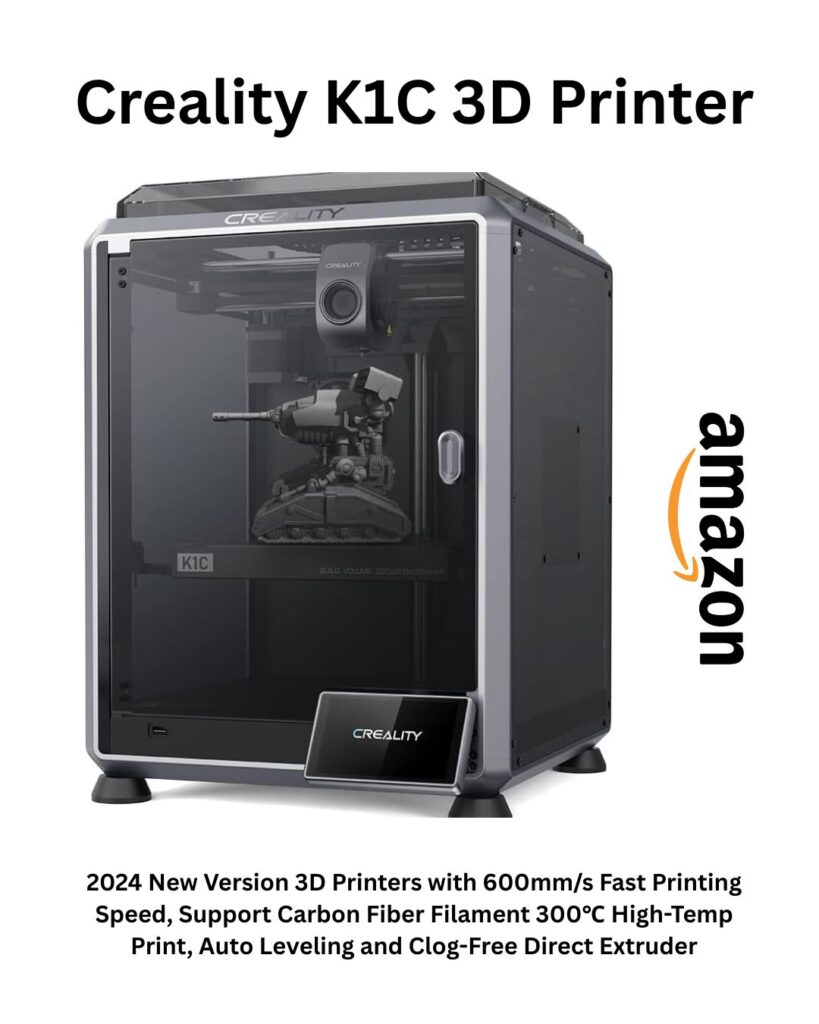
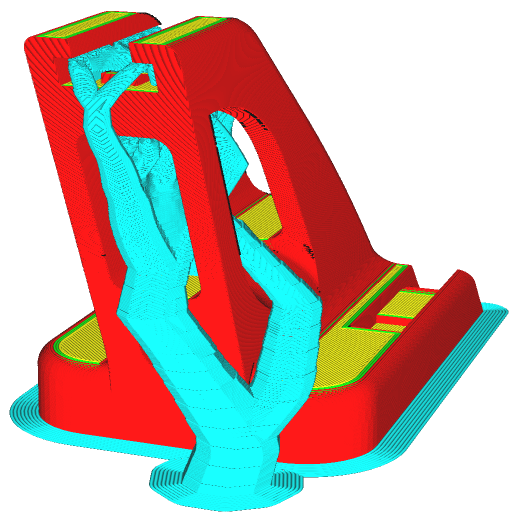
Top Plugins for Creating Custom Supports in Slicers
Discover the top plugins for creating custom supports in slicers. reduce waste, and improve print success. Fine-tune slicing for cleaner prints!
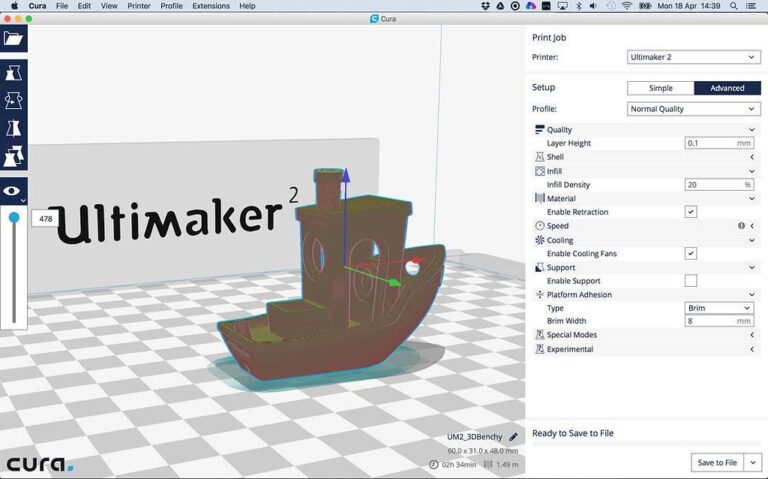
Cura Slicer Beginner Tips: Mastering Your First Prints
Discover essential settings, troubleshooting tips, and advanced techniques like tree supports and optimized infill patterns to take your 3D printing to the next level.


